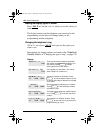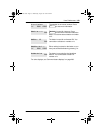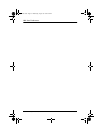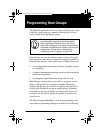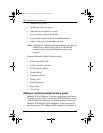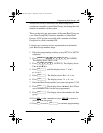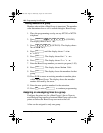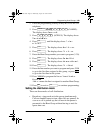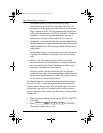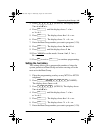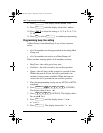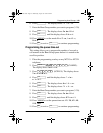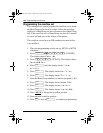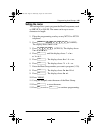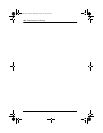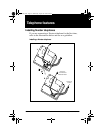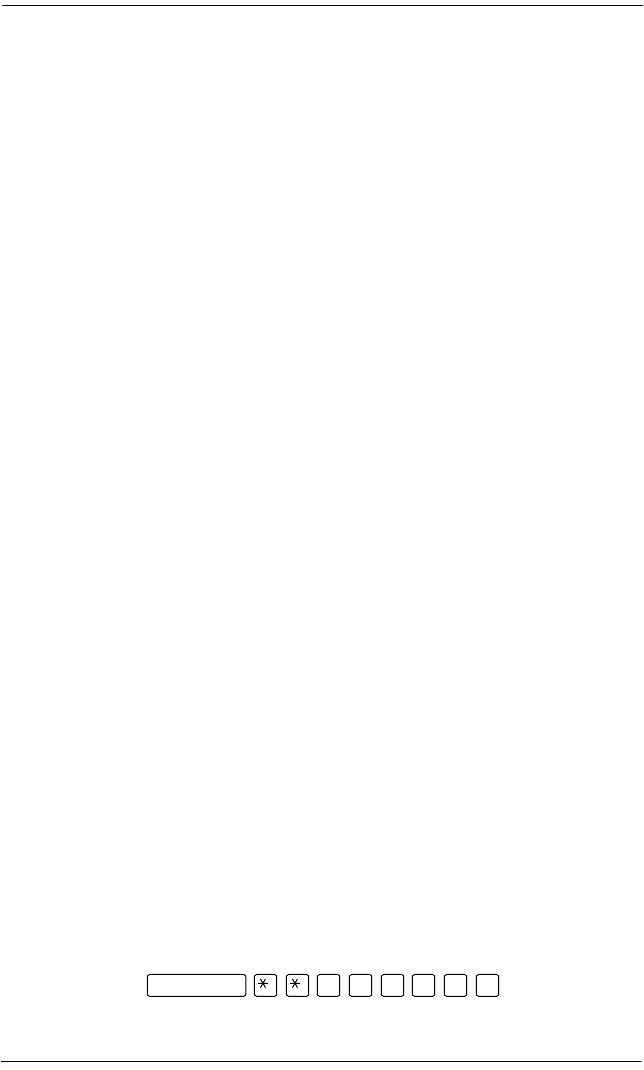
140 / Programming Hunt Groups
Modular ICS 4.0 System Coordinator Guide P0881591 Issue 01
In Broadcast mode, a single incoming call rings
simultaneously at all the sets in a group. This way, all
receptionists in the group can share the load of answering
large volumes of calls. All sets automatically display the
calling line identification (CLID), if available. A familiar
example is a fund-raising campaign where a group of
operators are waiting to take each call as it comes in.
• Sequential—starts the call at the first set in the Hunt Group
and distribution is complete when the first free set has been
found. Simultaneous calls can be presented. Distribution is
order based.
In Sequential mode, you can program your top salesperson
to be the first member of the group to receive incoming
calls.
• Rotary—the call starts at the set after the one which
answered the last call. Distribution is complete when the
next free set has been found. Simultaneous calls can be
presented. Distribution is order based.
In Rotary mode, you can ensure that all your helpline
people are receiving calls on an equal basis, rather than one
person receiving the majority of calls. The call rings at one
set at a time in a round robin fashion.
If a Hunt Group has available members but nobody answers
the call, the call is routed through the Hunt Group list until
either someone answers the call or the queue time-out occurs.
In the latter case, the call is routed to the overflow position.
Once a call goes to the overflow position it is no longer a Hunt
Group call.
1. Place the programming overlay on any M7310 or M7324
telephone.
2. Press (CONFIG).
The display shows Password:.
p0881591.book Page 140 Wednesday, August 19, 1998 6:43 PM



